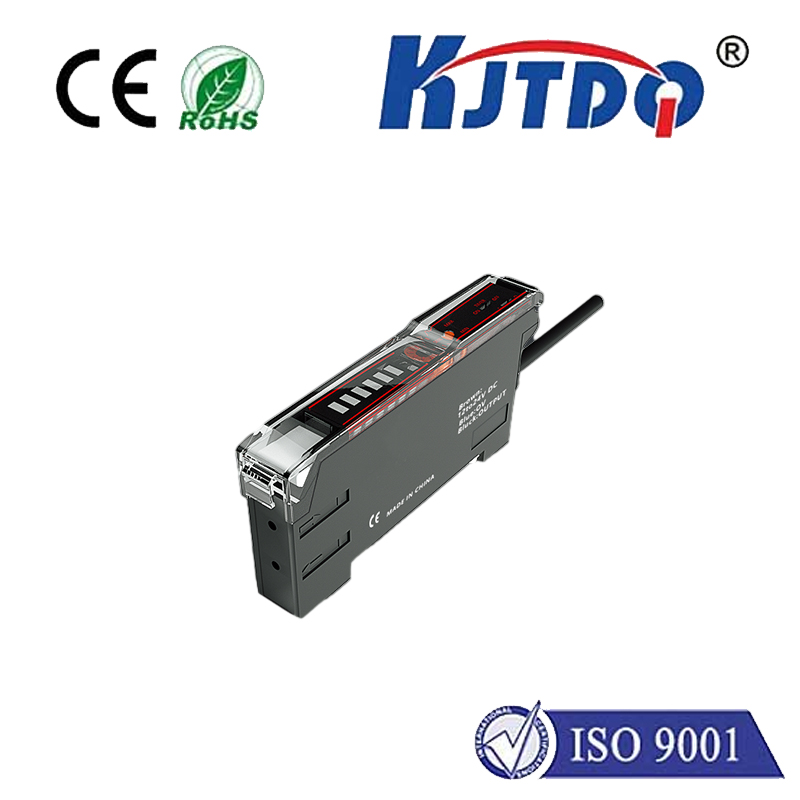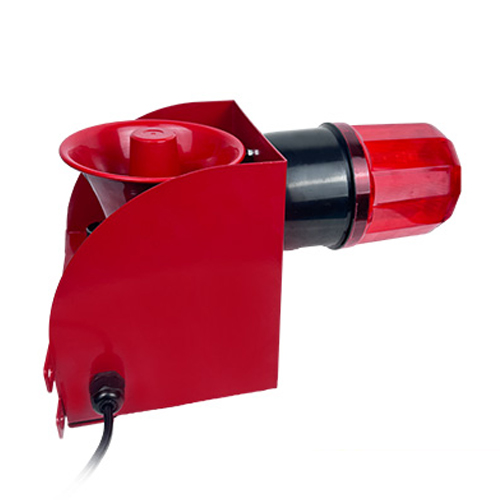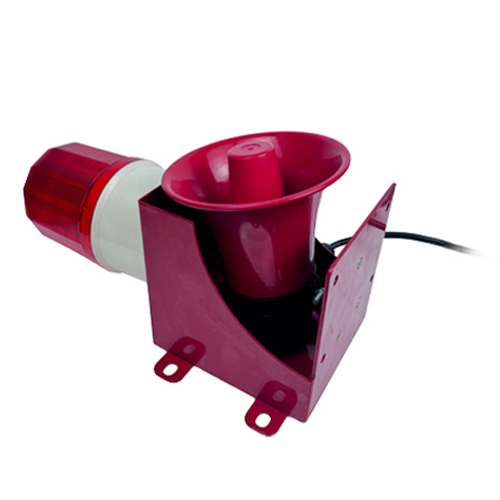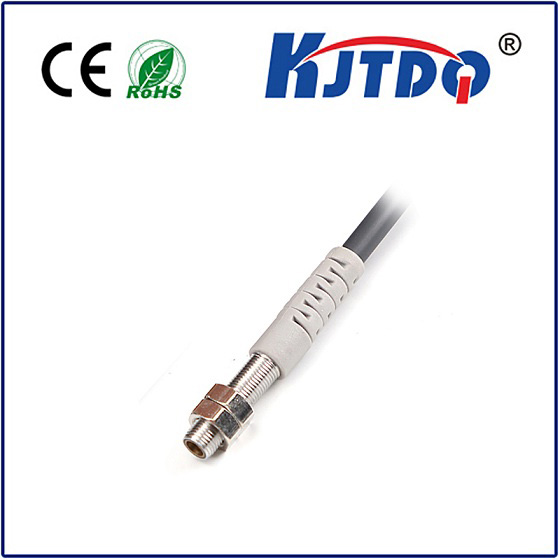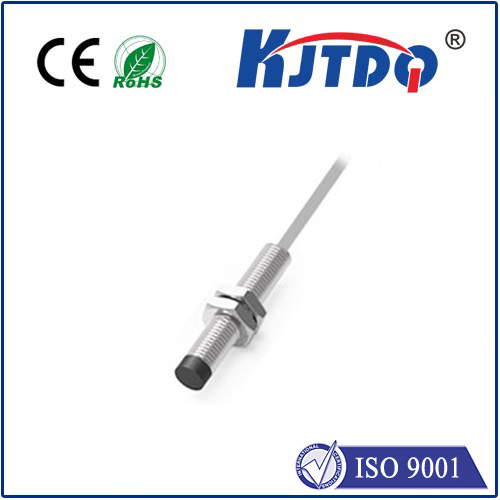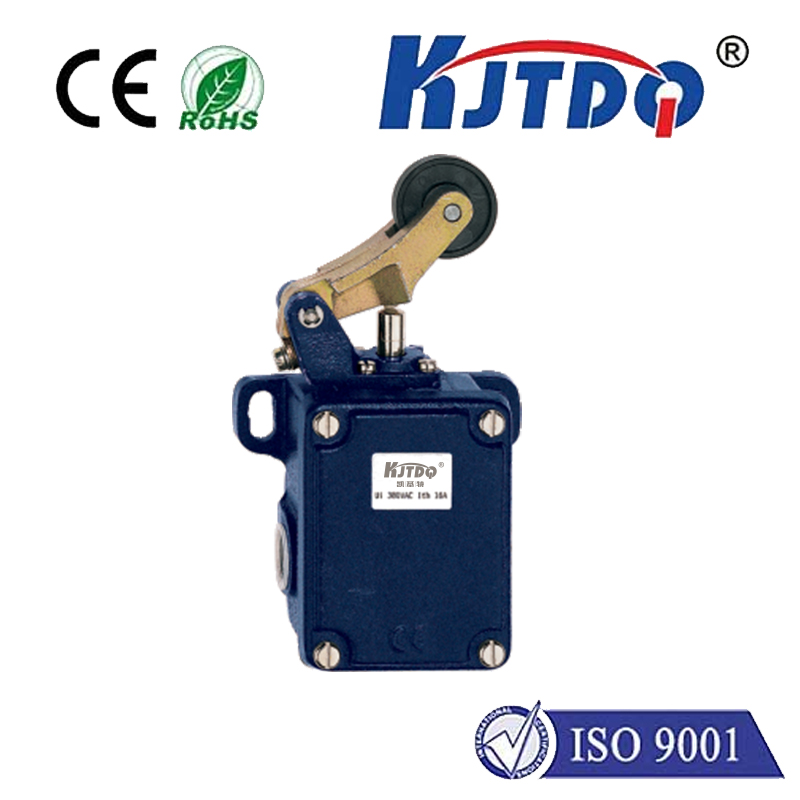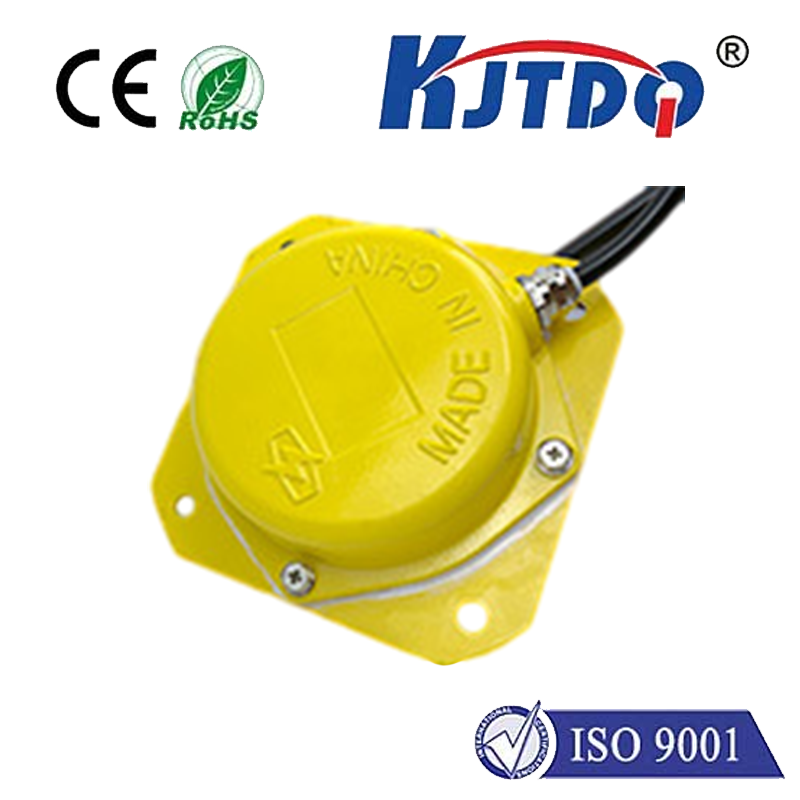

check

check

check

check
Imagine effortlessly adjusting your car’s temperature with a subtle wave, your fingertips dancing in the darkness near the dashboard. Picture sterile operating rooms where surgeons navigate critical imaging data without ever physically touching a screen, minimizing contamination risk. This isn’t science fiction; it’s the tangible reality being shaped by proximity optic technology. This rapidly evolving field is fundamentally reshaping how humans interact with machines, moving beyond the limitations of touchscreens and physical buttons to create interfaces that perceive and respond to our presence and gestures alone. It’s the invisible technology poised to make our interactions smoother, safer, and significantly more intuitive.
At its core, proximity optic technology refers to systems that utilize various forms of light, electromagnetic fields, or sound to detect the presence, position, movement, and distance of objects (especially users) within a defined space – typically without requiring physical contact. Unlike traditional touch sensors that react only upon contact, proximity sensors act before contact, anticipating user intent. Common sensing technologies include:
These sensors form the fundamental building blocks of proximity optic systems, enabling devices to “see” and understand their surroundings in a non-contact manner. The magic happens when the raw proximity data is processed by sophisticated algorithms, transforming it into actionable commands – recognizing a hovering hand, interpreting a specific gesture, or confirming a user’s focused attention.

The applications of proximity optics are rapidly expanding across diverse sectors, driven by the quest for enhanced user experience and contextual intelligence:
The rise of proximity optic technology is fundamentally driven by its compelling advantages:
However, realizing the full potential of proximity optics requires overcoming several technical hurdles and practical considerations. Achieving reliable gesture recognition in varying lighting conditions (direct sunlight, darkness), preventing false triggers from unintended objects or movements, and minimizing power consumption, especially for battery-powered devices, are ongoing engineering challenges. Designing intuitive gesture vocabularies that feel natural and are easy for users to learn and remember is crucial. Furthermore, robust security measures must be implemented to prevent unauthorized access or spoofing of proximity-based authentication systems. Balancing cost-effectiveness with performance is also key for widespread adoption.
The future trajectory of proximity optic technology is incredibly promising. We can anticipate increasingly sophisticated sensors with higher accuracy and resolution, capable of detecting finer gestures and subtler presence cues. Multi-modal sensing, combining proximity optics with cameras, microphones, and other context-aware technologies, will create richer interaction models. Deep learning will play a pivotal role, enabling more accurate and adaptive gesture recognition that evolves with user behavior. As Artificial Intelligence (AI) systems become more integrated, proximity data will provide essential contextual input, making AI-powered interfaces significantly more responsive and personalized. The seamless blending of proximity awareness into our environments – creating interfaces that truly disappear until needed – represents the ultimate goal.
Proximity optic technology transcends the concept of a mere feature; it represents a paradigm shift in interface design. By empowering devices to perceive and understand the space around them and the intentions of users within it, we move closer to interactions that feel instinctive and effortless. From the cars we drive to the devices we rely on daily, and the critical systems safeguarding our health and safety, proximity optics are quietly laying the groundwork for a future where technology integrates seamlessly into our lives, responding proactively to our needs and presence. This invisible layer of intelligence is fundamentally redefining the boundaries of intuitive design and user experience.
